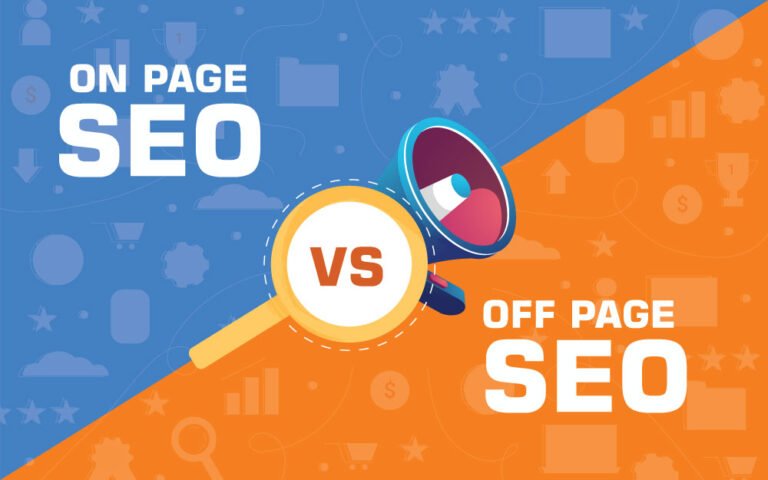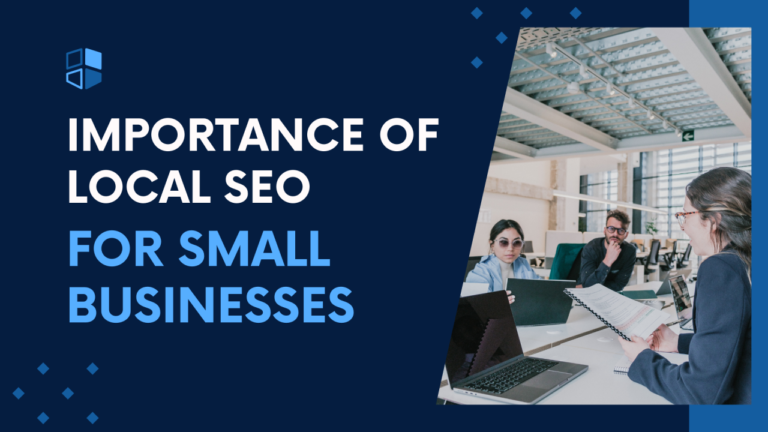Advanced On-Page SEO Strategies to Boost Your Rankings
For small businesses, the digital landscape is fiercely competitive. It’s no longer enough to simply have a website—your site needs to be optimized to stand out in search results. With search engine algorithms becoming increasingly sophisticated, basic SEO practices like keyword placement are just the tip of the iceberg. To truly make your mark, you need to dive into advanced on-page SEO strategies that not only enhance your rankings but also drive meaningful traffic to your site.
At Social Peak Media, we understand the unique challenges small businesses face. Our mission is to empower local enterprises with the tools and strategies they need to thrive online. Today, we’ll explore some of the most effective advanced on-page SEO techniques that can help you boost your website’s visibility and attract the right audience.
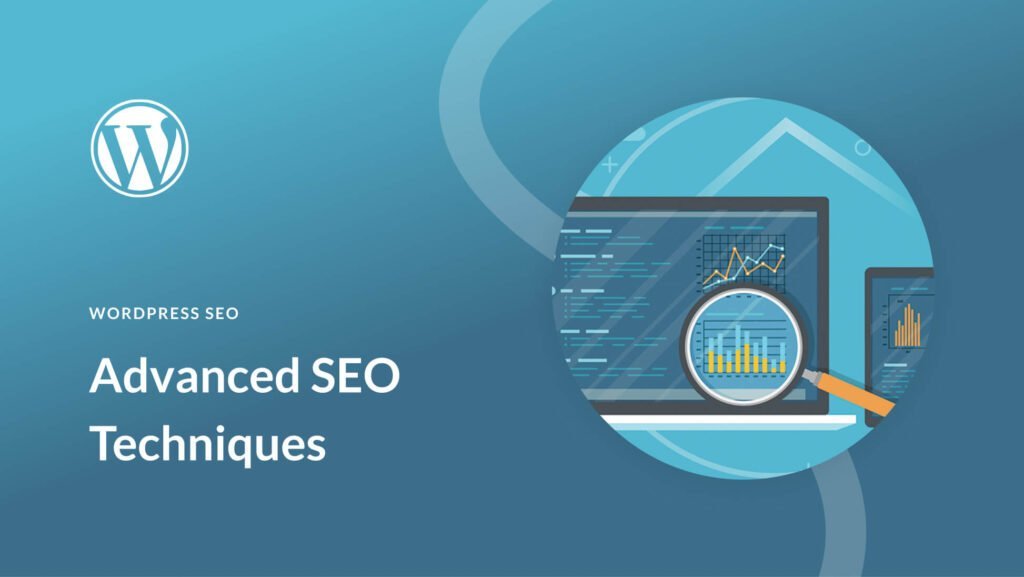
Using Latent Semantic Indexing (LSI) Keywords for Better Relevance
Gone are the days when SEO meant stuffing your content with exact-match keywords. Modern search engines are far more sophisticated, thanks in part to Latent Semantic Indexing (LSI). LSI is a technique used by search engines to understand the relationships between words and concepts within your content, making it easier for them to identify the context of your page.
What Are LSI Keywords?
LSI keywords are terms and phrases that are closely related to your primary keyword. They aren’t just synonyms but words and concepts that provide context. For instance, if your primary keyword is “digital marketing,” LSI keywords could include “SEO,” “content marketing,” “social media,” and “online advertising.” These related terms help search engines understand the overall theme of your content, making it more likely to appear in a variety of relevant searches.
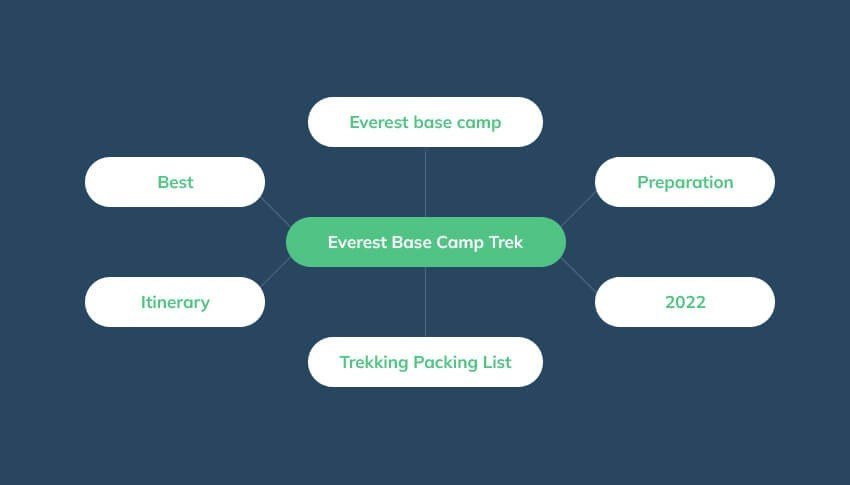
Why LSI Keywords Matter
Incorporating LSI keywords into your content enhances its relevance and depth, allowing you to rank for a broader range of search queries. This approach aligns with how search engines are evolving—they’re no longer just matching keywords; they’re trying to understand the intent behind the search. By using LSI keywords, you can create content that resonates with both search engines and users, improving your chances of ranking higher in search results.
How to Identify LSI Keywords
Identifying LSI keywords is easier than you might think. Start with your primary keyword and look for related terms using tools like Google’s autocomplete feature or the “related searches” section at the bottom of a Google search results page. Additionally, tools like LSI Graph and SEMrush can help you generate a list of related keywords that you can incorporate into your content.
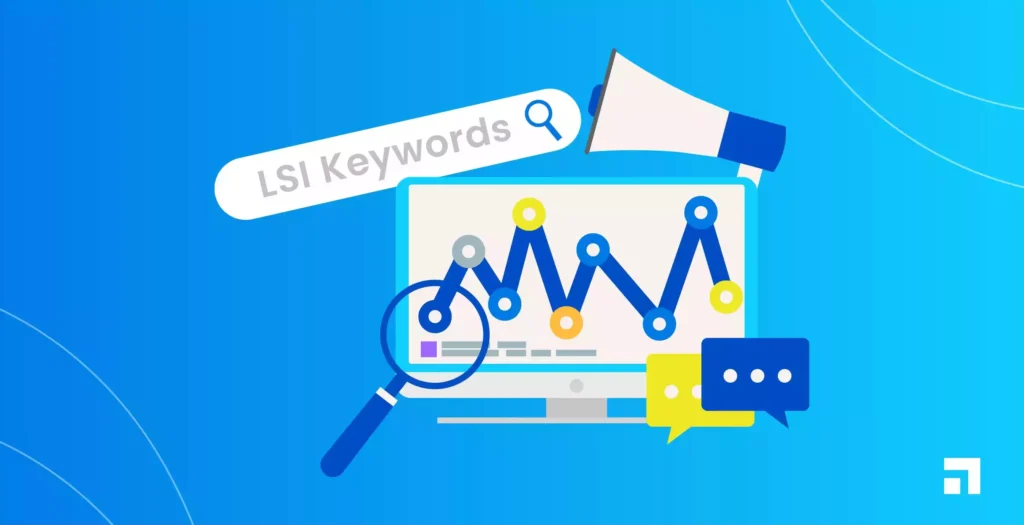
Implementing LSI Keywords in Your Content
Once you have a list of LSI keywords, it’s important to use them naturally within your content. The goal is to enrich your content, not to force these terms in where they don’t fit. Here are some tips for integrating LSI keywords:
- Incorporate them into your headings and subheadings: This can help search engines understand the structure and focus of your content.
- Use them in your meta descriptions and image alt texts: These are additional places where search engines look for contextual clues.
- Include them in your internal links: Linking related content on your site with LSI keywords can boost your internal linking structure and help search engines crawl your site more effectively.

How to Optimize Content for Featured Snippets
Featured snippets are prime real estate in Google’s search results. These concise, informative boxes appear at the very top of the search results page and aim to answer a user’s query directly. Securing a spot in a featured snippet can significantly increase your website’s visibility and drive traffic.
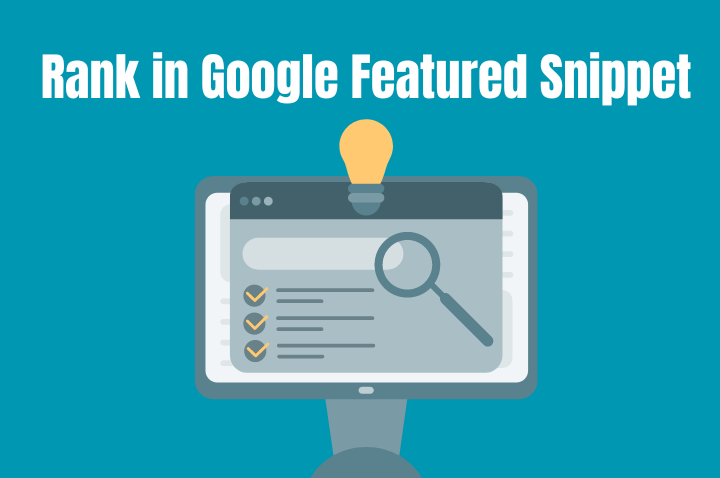
Understanding Featured Snippets
Featured snippets are selected search results that are intended to answer a user’s question in a brief, direct way. They come in various formats, including paragraphs, lists, tables, and even videos. The key to winning a featured snippet is to provide clear, concise, and well-structured answers to common questions.
Identifying Opportunities for Featured Snippets
To optimize your content for featured snippets, start by identifying which queries you want to target. Focus on question-based queries, as these are more likely to trigger a featured snippet. Tools like SEMrush or Ahrefs can help you find keywords that already have featured snippets, as well as opportunities where your content could be positioned to win that spot.
Crafting Content for Featured Snippets
Once you’ve identified potential snippet opportunities, you need to structure your content to suit the snippet format. Here are some strategies to consider:
- Answer the question in the first 40-60 words: Google often pulls snippets from content that provides a clear, concise answer early on.
- Use lists and bullet points: If the query involves steps or items, formatting your content as a list increases the chances of it being selected for a list snippet.
- Incorporate headers: Use H2 and H3 headers to break down your content into sections that directly address different aspects of the query. This helps search engines quickly identify the relevant section for a snippet.
Structured Data and Schema Markup: Taking On-Page SEO to the Next Level
While keywords and content structure are critical, another layer of on-page SEO that can dramatically improve your search presence is structured data, also known as schema markup. This code, added to your website’s HTML, helps search engines understand your content better and can enhance the way your site appears in search results.

What is Schema Markup?
Schema markup is a type of microdata that creates an enhanced description (or rich snippet) that appears in search results. For example, if you have a local business, adding schema markup for your address, phone number, and business hours can improve your local SEO by making this information readily available in search results.
Benefits of Using Schema Markup
The primary benefit of schema markup is that it makes your content easier for search engines to understand, which can improve your search rankings and click-through rates. For instance, if you’re using product schema, your products can appear in search results with additional details like price and availability, making them more appealing to users.

Implementing Schema for Different Types of Content
Different types of content require different schema types. Here’s how you can use schema markup for various content types:
- Local Business Schema: This is essential for small businesses. It helps search engines display your business’s location, contact information, and hours of operation, which is crucial for local SEO.
- Product Schema: If you’re selling products, use product schema to display important information such as price, availability, and reviews in search results.
- Article Schema: For blog posts and news articles, article schema can improve how your content is displayed in search results, including details like the author and publication date.
The Role of Semantic Search in On-Page SEO
Semantic search represents a significant shift in how search engines interpret and deliver search results. Instead of focusing solely on matching keywords, semantic search aims to understand the meaning behind the query, taking into account the searcher’s intent and the context of the search.
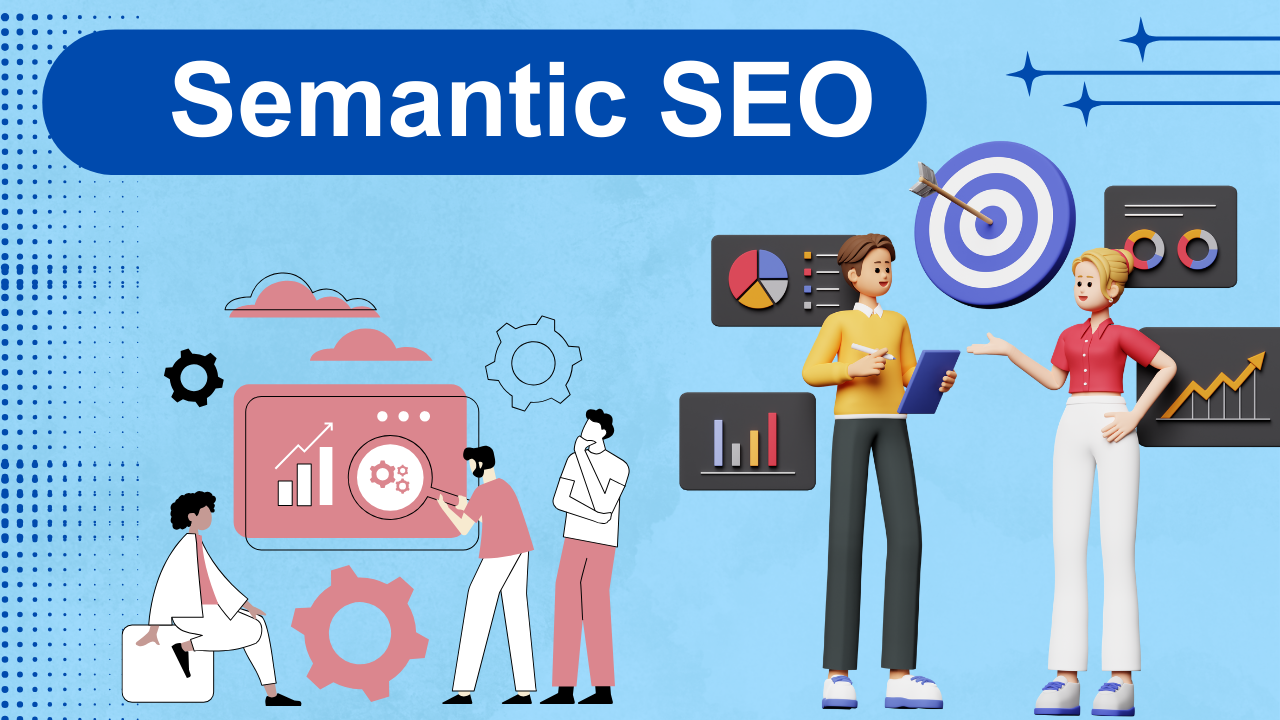
How Semantic Search Impacts On-Page SEO
With the rise of semantic search, it’s more important than ever to create content that addresses the needs of your audience, rather than just targeting specific keywords. This means focusing on content that is comprehensive, informative, and aligned with the likely intent of your searchers.
Optimizing Content for Semantic Search
To optimize for semantic search, consider the following strategies:
- Focus on topics rather than individual keywords: Create content that covers a broad topic comprehensively, rather than trying to rank for a single keyword.
- Answer related questions: Think about the various questions your audience might have related to your topic and address them within your content. This not only helps with SEO but also enhances the user experience.
- Use natural language: With the rise of voice search, content that mimics natural speech patterns is becoming increasingly important. Optimize for long-tail keywords and phrases that reflect how people naturally ask questions.
Creating a Content Strategy that Aligns with Semantic Search
Building a content strategy around semantic search requires a deep understanding of your audience. Start by researching the questions and problems your customers are facing. Use tools like AnswerThePublic or Google’s People Also Ask feature to gather insights into what your audience is searching for.
Once you have a list of questions, create content that provides detailed answers. Use headings and subheadings to organize your content, making it easy for search engines to understand the structure and relevance of your page. This approach not only helps with SEO but also ensures that your content is genuinely useful to your audience.
Leveraging Internal Links for Better SEO
Internal linking is another powerful on-page SEO strategy that can help boost your rankings. By linking to other pages on your site, you help search engines crawl your site more effectively and distribute link equity across your pages.

Benefits of Internal Linking
Internal links serve multiple purposes. They help users navigate your site, encourage them to explore more of your content, and help search engines understand the structure and hierarchy of your site. Additionally, internal linking can help boost the rankings of specific pages by passing link equity from more authoritative pages to those that need a little extra push.
Best Practices for Internal Linking
To get the most out of your internal linking strategy, follow these best practices:
- Use descriptive anchor text: Make sure the text you use for your internal links clearly describes the content of the linked page. This not only helps users but also gives search engines more context.
- Link to relevant content: Only link to pages that are relevant to the current content. This ensures that users are more likely to click the link and find value in the content you’re directing them to.
- Balance your links: While it’s important to link to important pages, don’t overdo it. Make sure your internal linking structure is natural and balanced, with links spread across your site.
How to Monitor and Adjust Your On-Page SEO
Implementing these advanced on-page SEO strategies is just the beginning. To ensure they’re effective, you need to monitor your site’s performance regularly and make adjustments as needed.

- Using Analytics Tools: Tools like Google Analytics and Google Search Console are invaluable for monitoring your on-page SEO performance. Google Analytics provides insights into how users are interacting with your site, while Google Search Console gives you data on how your site is performing in search results.
- Tracking Key Metrics: Pay attention to key metrics like bounce rate, average session duration, and pages per session. High bounce rates might indicate that your content isn’t meeting user expectations, while a high average session duration suggests that users are finding your content engaging.
- Making Data-Driven Decisions: Use the data you gather to make informed decisions about your SEO strategy. For instance, if you notice that certain pages aren’t performing well, consider updating the content, improving the internal linking structure, or revising the meta tags to make them more compelling.
- Continuous Improvement; SEO is not a set-it-and-forget-it task. It requires ongoing attention and adjustments. Regularly audit your site, keep an eye on the latest SEO trends, and be willing to make changes as needed to keep your site performing at its best.
Conclusion
Advanced on-page SEO strategies like using LSI keywords, optimizing for featured snippets, implementing schema markup, and embracing semantic search can have a significant impact on your website’s visibility and rankings. While these tactics require effort and expertise, the rewards in terms of traffic, engagement, and conversions can be substantial.
At Social Peak Media, our focus is on helping small businesses succeed in the digital landscape. We understand the unique challenges you face, and we’re here to provide the strategies and support you need to grow. By staying ahead of the curve with advanced SEO techniques, we can help ensure that your business not only gets found online but stands out from the competition.
Whether you’re just starting with SEO or looking to refine your strategy, we’re here to help. Let’s work together to create an SEO plan that drives real results for your business.



